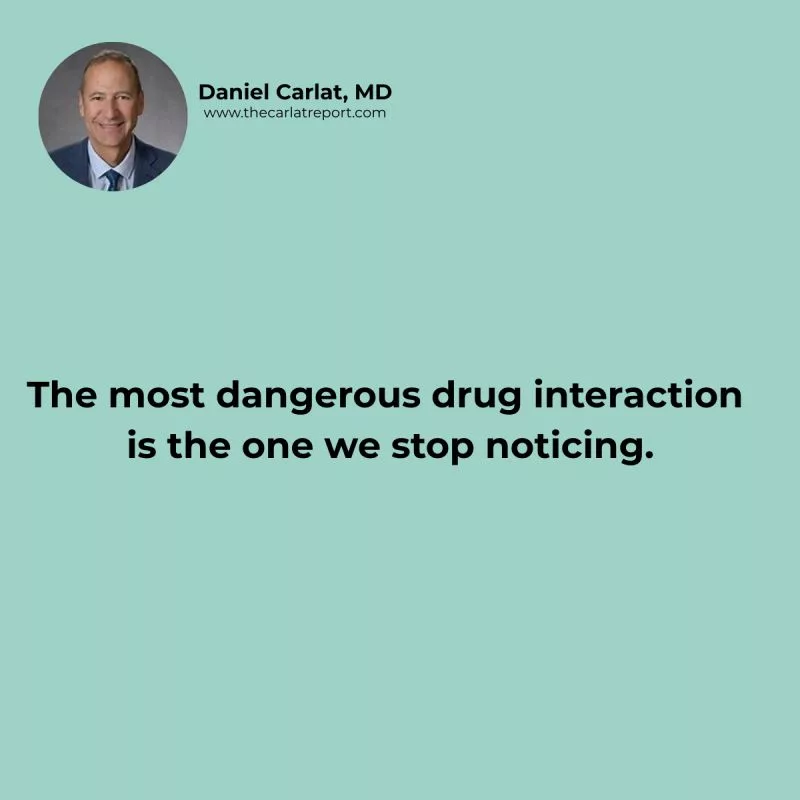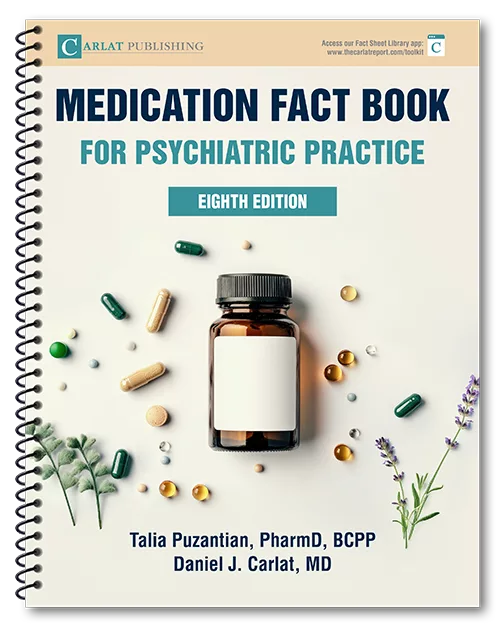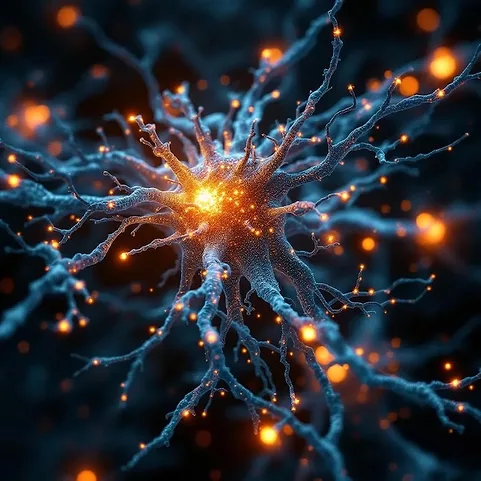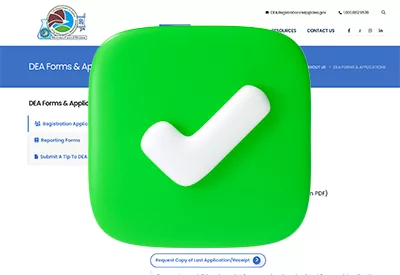“I just click through the warnings.”
A colleague said this to me recently, half-apologetically, as we were discussing EHRs.
She was referring to the barrage of drug interaction alerts that flash across her screen with every prescription—most of them vague, irrelevant, or repetitive.
And it struck me: We’ve designed a system where the signal is buried in so much noise that even diligent clinicians start tuning it out.
This month in The Carlat Psychiatry Report, Jason Mallo, DO, breaks down the drug interactions that actually matter—the ones that carry real clinical consequences, and the ones that are often missed.
▸ The benzo-opioid combination that slips through when providers aren’t coordinating
▸ The lithium-NSAID risk that can go unnoticed until toxicity develops
▸ The subtle but potentially deadly CYP450 shifts from smoking cessation on antipsychotic levels
▸ The rare interactions that still require our vigilance—like serotonin syndrome with MAOIs
These aren’t just textbook cases.
They show up in real-world psychiatry and often explain those “mysterious” side effects or sudden decompensations.
The truth is, none of us can remember every interaction.
But we can create systems that help us focus on the ones that count.
The most dangerous interaction isn’t the one we forget—it’s the one we’ve been trained by our EHRs to ignore.
We’ve made the full article free to read on our site, no paywall this month (see link in comments).
↳ It’s practical, clear, and worth bookmarking.What’s your take on interaction alert fatigue? When do you find the software helps—and when does it hinder?
→ If you think this could spare a colleague some clinical headache, feel free to share.
→ Follow me (Daniel Carlat, MD) for more grounded reflections on practical psychiatry.
Link to the original post.


_-The-Breakthrough-Antipsychotic-That-Could-Change-Everything.webp?t=1729528747)



